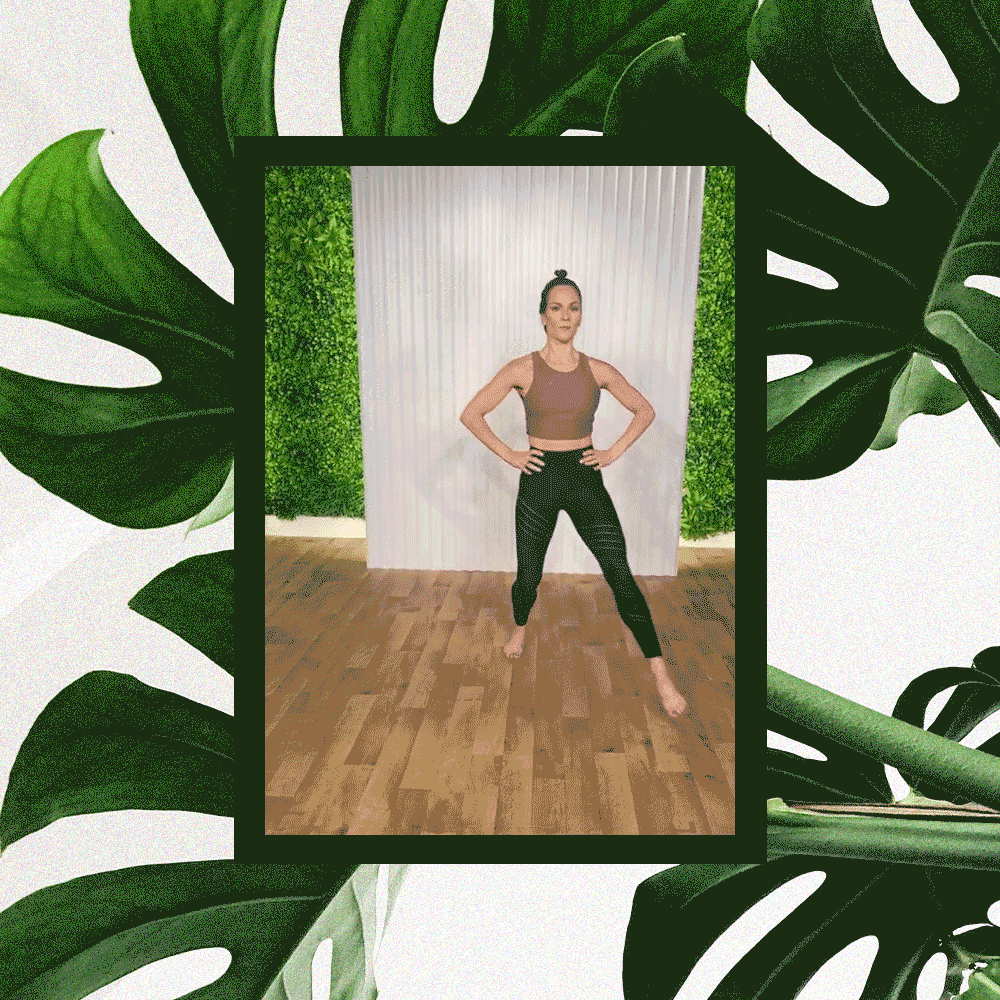The 6 Best Treatments for Wrinkles Above Lips
You never forget your first fine line. Of course, wrinkles are beautiful, as is the act of aging, and there’s nothing wrong with them. But the emergence of fine lines usually reflects a change in many of our skincare journeys, myself included—and sometimes, that might include getting creative with new treatments (both of the professional and the at-home variety).
Fine lines around the upper lip area, in particular, can be tricky not only to prevent but to treat as well. (In terms of prevention, we hear lots about eye creams and preventing crow’s feet as we get older, but not nearly enough about mouth-area wrinkles by comparison.)
But we’re breaking it all down below—read on to see the best ways to both treat and prevent those fine lines around the lips.
Fillers
One of the most common solutions to unwanted aging signs is injectables—specifically hyaluronic acid-based dermal fillers. Hyaluronic acid is natural to our body’s cells, but its production significantly reduces as we get older.
For fine lines around the mouth area, superficially injected fillers will plump up the skin and fill out the lines without adding a bulky, unnatural look. Of course, the amount of filler varies by case to case—and your dermatologist can help you decide exactly which problem areas you want to be addressed. (Read up on injectables with our guide to fillers.)
Oil Massages
Full disclosure: This sounds sexier than it actually is.
For an easy—albeit unconventional—at-home treatment, you can give yourself a mini facial with an ultra-hydrating oil.
Oils are famously revered for their anti-aging benefits—they fight free-radical damage to cells and are typically rich in antioxidants. Most importantly, moisturizing is the best thing you can do for your skin to prevent wrinkles.
Technically, you can use anything from coconut oil to grapeseed oil to olive oil—really, any oil will do the trick. (If you prefer to keep those ingredients in the kitchen, you can find our favorite facial oils here.) Just massage a generous amount onto the fine lines around your lip area using your fingertips and leave it on overnight for a plumper appearance.
KEY INGREDIENTS
Coconut oil, also known as lauric acid, is derived from coconuts. The lauric acid found in coconut oil can have antimicrobial properties, which can help kill bacteria on the skin and reduce inflammation. It is also known to help remove makeup, exfoliate the skin, and lock in moisture.
Laser Resurfacing
Lasers can be used to treat a multitude of skin issues, from sunspots and acne scars to stretch marks and skin growths—and most pertinently, fine lines and wrinkles.
Laser treatments work by using continuous light beams or pulsed energy to vaporize the skin’s thin, outer layers. This, ultimately, results in collagen production, which results in younger-looking, smoother, and softer skin underneath once it heals. There are tons of different types of laser treatments—with different price points and necessary downtime—and you should consult with your dermatologist to find the right one for you.
A Collagen-Based Serum
Like hyaluronic acid, collagen is something our bodies produce less of as we get older.
And you’ve certainly heard this before: It’s one of the most important proteins for promoting healthy skin—as well as banishing wrinkles and dryness. Collagen plays a pivotal role in maintaining our connective tissues and muscles and boosting our skin’s elasticity and hydration.
To keep up with the collagen, try a night serum that’s rich and abundant in it. (You can find our faves here.) Apply it every night after cleansing and toning, and follow it with an ultra-hydrating moisturizer as an easy, at-home routine that should—over time—reduce those fine lines.
Microneedling
Like laser treatments, microneedling works by “triggering” the skin to produce collagen (our clear-cut favorite protein).?
Microneedling is the process of pricking the skin with ultra-fine, small needles to generate new collagen and reveal firmer, smoother skin underneath. (You can read all about the process—including the downsides and potential side effects—here.)
Again, this is a professional treatment you should only consider after speaking with a dermatologist. While we love?at-home microneedling tools, if used improperly you run the risk of scarring and infection, therefore it might be best to stick with the pros if it’s your first time.?
Preventative Measures
The only thing better than successfully treating fine lines around the upper lip area is to prevent them. And you’ve probably heard many of these preventative measures before, whether it’s from your overly-cautious mother or an actual dermatology professional.
First, avoiding straws is a fairly obvious one—the movement of puckering your mouth area actually encourages the breakdown of elasticity and collagen, two things your skin wants to fight signs of aging.
The same goes for smoking, too, whether it’s old-fashioned cigarettes or electronic ones. And this doesn’t just go for the mouth movements—nicotine, in general, is thought to constrict blood vessels, which restricts the flow of oxygen and nutrients to your skin cells. Any way you slice it: smoking is not good for your skin.
Additionally, the importance of sunscreen can never be overstated—especially when it comes to preventing wrinkles. (You know how wild we are for sunscreen here at Byrdie—we rounded up our favorites here.) UV rays are scientifically proven to cause premature aging,1 which is why a strong daily facial SPF is so important. We’ve said it once, and we’ll repeat it: you need to wear sunscreen on your face every single day, especially if you’re trying to prevent fine lines.
Lastly, Botox is one of the trustiest ways to prevent fine lines and wrinkles before they start by “paralyzing” the targeted muscles. (Don’t worry—a professional will make sure the results are subtle rather than scary.) Talk to your dermatologist about your options— you can also read our beginner’s guide to preventative Botox here.







